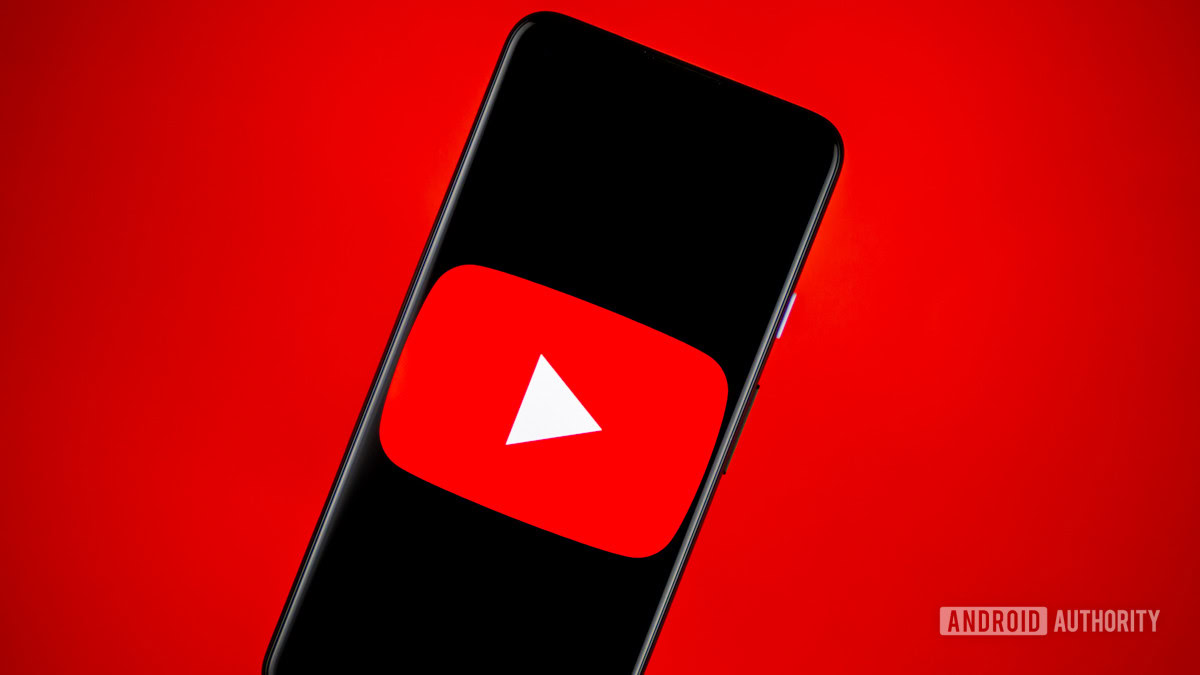Affiliate links on Android Authority may earn us a commission. Learn more.
YouTube is breaking ad blockers again, and trials a viewing limitation (Update: Google statement)

- YouTube confirms that it has issued an update that breaks several ad blocking tools.
- It’s also testing limited logged out access to the site, prompting some users to sign in to watch videos.
- However, some tools have already circumvented the latter restriction.
Update, June 14, 2024 (02:30 AM ET): Google has issued a statement confirming that it has issued an update that may affect ad blocking tools. It suggests users should “allow ads on YouTube or try YouTube Premium” to support the site’s creators. Read the statement in full below:
YouTube is improving its performance and reliability in serving both organic and ad video content. This update may result in suboptimal viewing experiences for viewers with ad blockers installed. Ad blockers violate YouTube’s Terms of Service, and we’ve been urging viewers for some time to support their favorite creators and allow ads on YouTube or try YouTube Premium for an ad-free experience.
Original article: YouTube has taken a firmer stance on ad blockers in recent months, testing various systems to dissuade users from using them. Such measures have included a three-strike system for users of these tools and skipping or muting videos in their entirety. Ad blocking tools have seemingly skirted every one of YouTube’s efforts thus far, but the company is now testing a few systems that could make it much tougher to block ads.
Server-side ad injection
YouTube is currently experimenting with server-side ad injection. This means that the ad is being added directly into the video stream.This breaks sponsorblock since now all timestamps are offset by the ad times.— SponsorBlock (@sponsorblock@fosstodon.org) (@SponsorBlock) June 12, 2024
According to insight from SponsorBlock (an add-on that identifies and skips sponsor segments in videos), YouTube is trialing server-side ad injection. Using this method, YouTube effectively stitches ad segments within videos and serves the entire package to viewers rather than combining them from two sources on your browser or app.
This makes it a little harder for ad blockers to identify where the ad begins and ends. It could also break other add-ons like SponsorBlock, as the video timestamps would no longer be consistent across all instances of the video. Other potential side effects include the inability to skip ads.
Notably, the SponsorBlock team notes in an FAQ that this shouldn’t signal the end of ad blocking tools, but it does make their implementation much trickier. Some users, especially on the uBlock Origin subreddit, have encountered ads even while running the plugin.
Limited logged-out access
However, another apparent change could be more concerning for third-party apps. A bug logged to the NewPipe GitHub earlier this month suggests that Google is making some users sign in before watching a video. This appears as a safety check with the message: “Sign in to confirm that you’re not a bot.” The issue was also flagged on X by developers of the content-grabbing tool cobalt.
This means that YouTube could limit logged-out video access in the future, forcing users to log in to watch content. This would make YouTube more like a traditional streaming video service but would negatively affect third-party apps and, presumably, how shared YouTube videos are viewed across the web.
The cobalt developers have since found a way to circumvent the login restrictions, but any future YouTube changes would likely break this and other tools.
Both methods are still undergoing testing, and it’s unclear if or when YouTube will roll these measures out more widely. In the meantime, let us know if you’ve encountered any of these measures. We’ve contacted YouTube for comment and will update this article if or when we receive a response.
